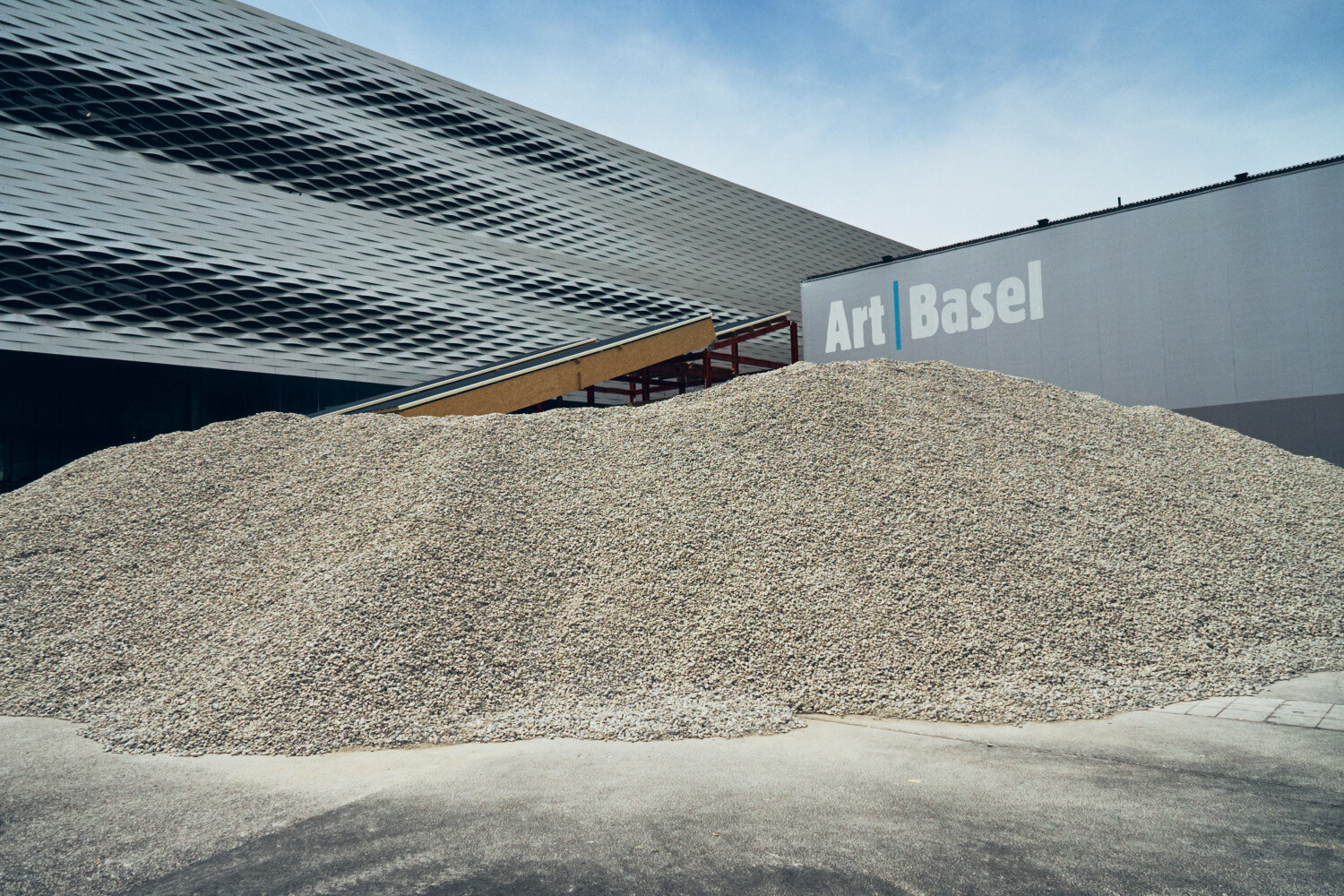It doesn’t surprise me to read that the global art market dipped 22 percent year-on-year, to $50.1 billion this year. These are the findings of the latest art market report, an annual global art market analysis published by Art Basel and UBS today for 2021.
I read the highlights of the 2020 report on a plane ride to Tefaf, just days before Europe went into a lockdown due to COVID. Tefaf itself would close its doors early after that opening weekend. Following March, the art world felt it, with more than half of art fairs cancelled (61 percent), providing dealers with just 13 percent of their revenue.
Noah Horowitz, Director Americas, Art Basel, said in the Director’s Foreward that, “The telltale finding of this year’s report is the tremendous ascent of online sales, which doubled in value from 2019 to 2020, accounting for one quarter of total sales.”
Digital innovation as a result of COVID comes as no surprise. Art fairs scrambled to bring technology in development to the public in a much quicker timeframe as anticipated. While I found visiting Online Viewing Rooms (OVRs) a novelty, I can’t wait to be face to face with the artwork once more. I’m not alone; more than 80 percent of collectors intend to return to art fairs in 2021.
A few of my thoughts as I settled down to visit OVRs during COVID
Five additional takeaways from the art market report:
1. Online sales exceeded bricks-and-mortar galleries for the first time. Online sales doubled to a record high of $12.4 billion, accounting for an all-time high of 25 percent of the market’s overall value, up from just 9 percent in 2019.
2. 66 percent of high net worth individuals’ interest in collecting grew because of the pandemic, and 32 percent say it grew significantly.
3. Millennials are the biggest spenders. More than a third (38%) spent over $1 million.
4. Women outspent their male counterparts, with their median expenditure rising 13percent.
5. Collectors switched to a conservative purchasing strategy in 2020, with nearly a half (46 percent) focused on galleries they had bought from previously.







